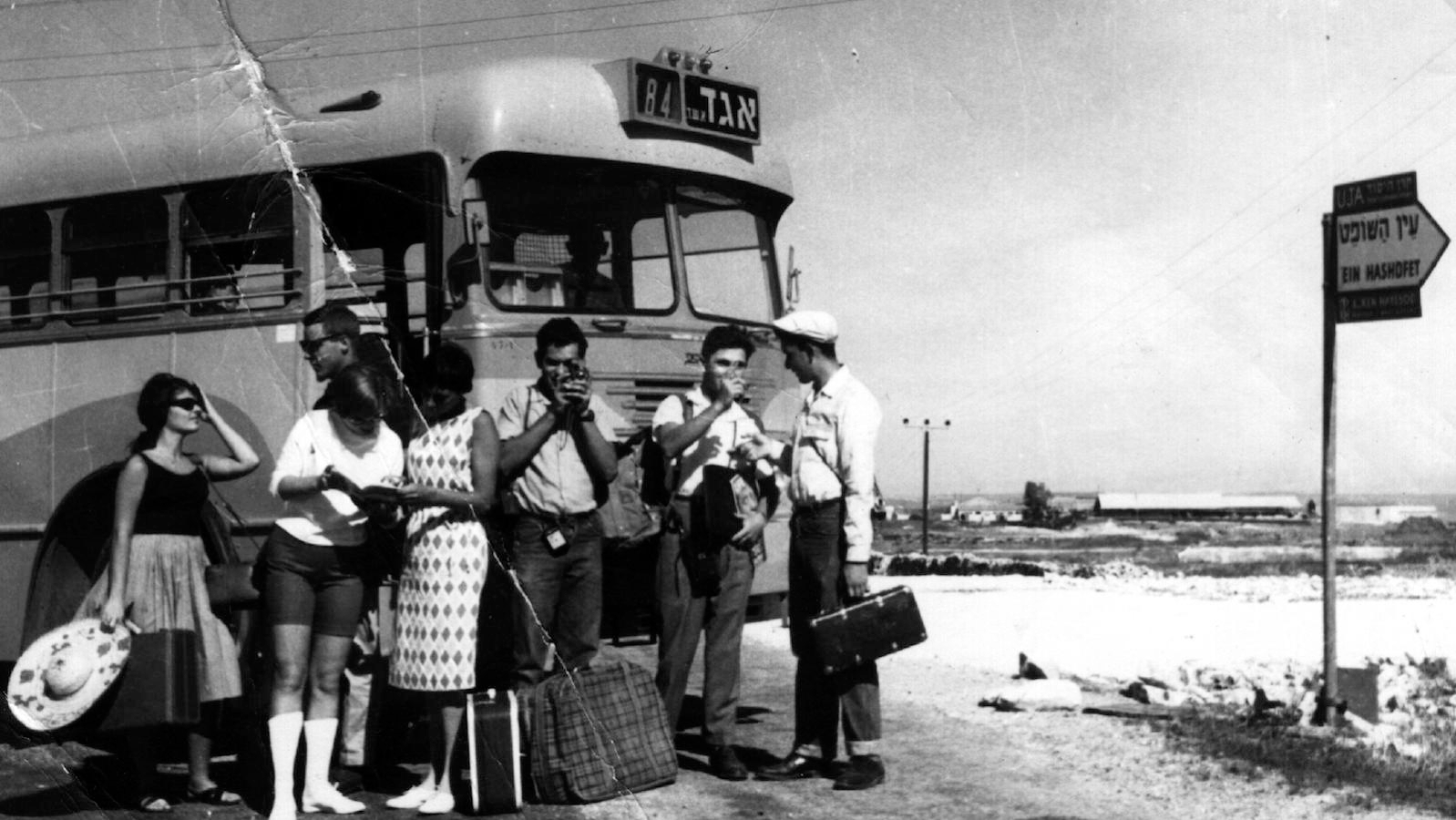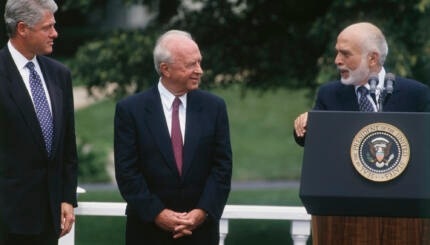After the Six-Day War of June 1967, Israel was faced with the threatened safety of its people. Israel fought in two conflicts during this period, the War of Attrition and the Yom Kippur War. By the end of the period, Israel had signed its first peace agreement with one of its neighbors, Egypt.
Effects of the Six-Day War
The Israeli government intended to use the land they had annexed to ensure a peace agreement with their Arab neighbors. However, no part of Jerusalem was to be used in the bargaining, and laws were immediately passed by the Knesset linking Jerusalem to the State of Israel.
The West Bank contains biblically significant areas of Israel, and in September 1967 the government began efforts to resettle the area. In addition, units of the army moved into the Golan Heights to begin construction of new kibbutzim.
Religious Zionists such as Gush Emunim (Block of the Faithful) believed that the only way to hasten the coming of the Messiah was to settle these areas. Their first settlement was erected in 1968 in Kiryat Arba, just outside Hebron–the location of the Makhpelah, the Tomb of the Patriarchs–in the West Bank.
With your help, My Jewish Learning can provide endless opportunities for learning, connection and discovery.
While the Israeli government had initially hoped to minimize its involvement in the territories, Minister of Defense Moshe Dayan maintained that Israel could not stand still while waiting for the Arabs to make peace.
From 1968 to 1970, Egypt sought to eject Israel from the Sinai through a constant but low-intensity war–supported in part by the Soviet Union–known as the War of Attrition. Nothing came from this war, and a truce was finally signed in 1970.
Yom Kippur War and Camp David
On October 6th, Egyptian and Syrian armies made a surprise attack on Israel on Yom Kippur, the holiest day of the year for Jews. Though Israel turned the war around and defeated its enemies, the shock of the losses suffered at the beginning of the war was a psychological blow to the population.
After the war, army hero Yitzhak Rabin, of the Labor Party, became Prime Minister. He led the country through Operation Entebbe, the successful rescue of passengers from a hijacked Air France flight in Uganda.However, he was forced to resign in 1977 after a violation of currency laws,which led to the election of Menachem Begin, leader of the Likud Party
In 1977 Sadat proved his willingness to seek peace between Israel and Egypt by speaking before the Knesset. The next year, Sadat and Begin came together at Camp David with U.S. President Jimmy Carter to negotiate a peace treaty, which was signed in 1979. Sadat paid for his forward thinking when he was assassinated by the Egyptian Islamic Fundamentalist faction the Muslim Brotherhood in 1981. Begin’s administration embarked on a program of expansion by promoting Jewish settlements throughout Israel, including the official annexation of the Golan Heights and East Jerusalem in 1980.
Knesset
Pronounced: k'NESS-et, Origin: Hebrew, Israel's parliament, comprising 120 seats.
Yom Kippur
Pronounced: yohm KIPP-er, also yohm kee-PORE, Origin: Hebrew, The Day of Atonement, the holiest day on the Jewish calendar and, with Rosh Hashanah, one of the High Holidays.



